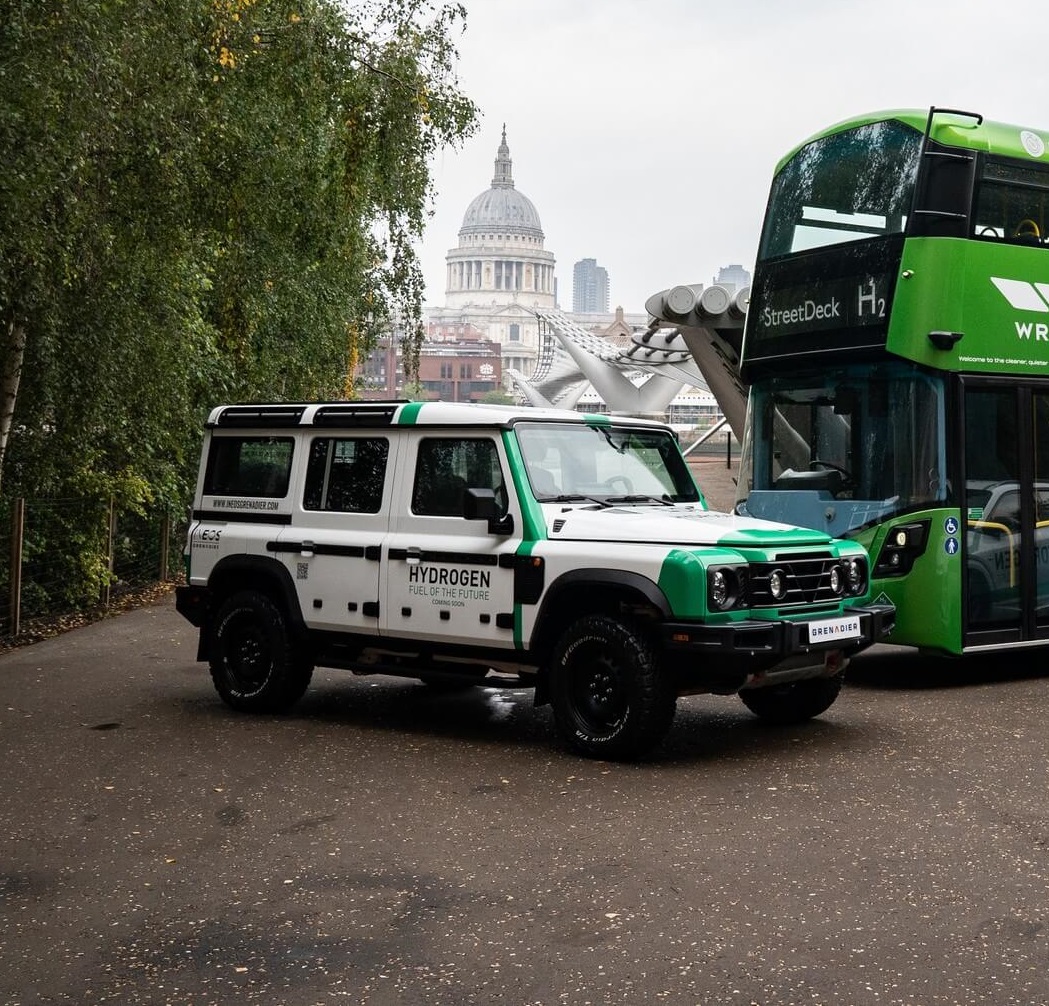If the name Ineos Automotive does not ring a bell, it is a newly founded division of the Ineos Group, effectively the biggest chemicals company in the entire world. Founded in 2017, the car manufacturing branch is kicking things off with the Grenadier due for a 2022 market launch as a reputable off-roader conceived to serve as a spiritual successor of the original Land Rover Defender.
Power is provided by six-cylinder gasoline and diesel engines developed by BMW, but a hydrogen version is officially in the works with fuel cell technology developed by Hyundai. The South Korean automaker behind the Nexo hydrogen crossover will lend its FCEV know-how to Ineos Automotive for a zero-emissions variant of its rugged SUV.
Testing is scheduled to commence towards the end of 2022, which means sales of the hydrogen Grenadier are unlikely to start before the end of 2023 or early 2024. Details about the powertrain it will use are not available at the moment of writing, although we do know Hyundai is developing a next-generation Nexo for a 2023 release and it would make sense for Ineos Automotive to use an adaptation of the same fuel cell setup.

What’s in it for Hyundai? Well, while Ineos gains access to the hydrogen tech for its first production car, Hyundai can take advantage of Ineos’ experience in regards to producing and distributing hydrogen. In a separate announcement made today, Ineos says it will invest more than €2 billion in green hydrogen production by setting up new zero-carbon plants in Norway, Germany, Belgium in the next 10 years, with investments also planned in the UK and France.
The two parties signed an agreement back in November 2020 and Ineos Automotive will also be working with British engineering firm AVL to create a prototype for testing purposes. AVL already is experienced in this field, having built a hydrogen-fueled Ford Transit for an extended trial run program.
Source: Ineos Automotive
